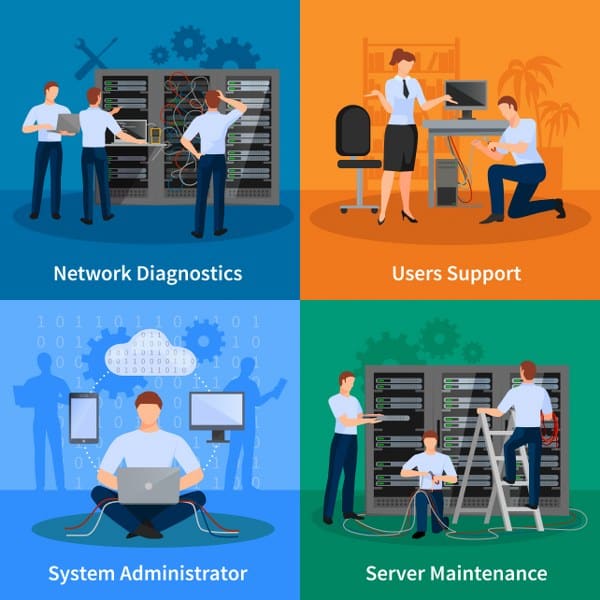With the increasing amount of data being collected and shared every day, data privacy has become a major concern for individuals and organizations alike. To address this concern, governments around the world have implemented data privacy regulations to protect the privacy of their citizens. Two of the most significant data privacy regulations are the General Data Protection Regulation (GDPR) and the Payment Card Industry Data Security Standard (PCI DSS). In this blog post, we will explore the role of IT in ensuring compliance with these regulations.
General Data Protection Regulation (GDPR)
The General Data Protection Regulation (GDPR) is a regulation implemented by the European Union (EU) in May 2018 to protect the privacy of its citizens. The GDPR applies to all companies that process personal data of EU citizens, regardless of the location of the company. The regulation gives individuals more control over their personal data and requires companies to take measures to protect the privacy of the data.
The role of IT in ensuring compliance with GDPR is crucial. IT plays a critical role in the processing and storage of personal data. Companies must ensure that their IT systems are designed to comply with the GDPR regulations. This includes:
- Data Privacy by Design
Data privacy by design is a concept that requires companies to design their IT systems with data privacy in mind. This means that data privacy should be considered at every stage of the design process, from the initial planning to the final implementation. IT professionals must ensure that the systems they design comply with GDPR regulations.
- Encryption and Data Security
Encryption and data security are critical components of GDPR compliance. Companies must ensure that personal data is encrypted both in transit and at rest. This means that data must be encrypted when it is being transmitted over a network and when it is stored on a server or other storage device. IT professionals must ensure that encryption and data security measures are in place to comply with GDPR.
- Access Controls
Access controls are essential to GDPR compliance. Companies must ensure that only authorized personnel have access to personal data. IT professionals must ensure that access controls are in place to prevent unauthorized access to personal data.
- Data Retention and Deletion
The GDPR requires companies to retain personal data for only as long as necessary. Companies must also be able to delete personal data when requested by the data subject. IT professionals must ensure that data retention and deletion policies are in place and that they comply with GDPR regulations.
- Data Breach Notification
The GDPR requires companies to notify data subjects and authorities of a data breach within 72 hours of becoming aware of the breach. IT professionals must ensure that data breach notification policies are in place and that they comply with GDPR regulations.
Payment Card Industry Data Security Standard (PCI DSS)
The Payment Card Industry Data Security Standard (PCI DSS) is a standard developed by the Payment Card Industry Security Standards Council to protect the privacy of credit card data. The PCI DSS applies to all companies that process credit card payments.
The role of IT in ensuring compliance with PCI DSS is critical. IT plays a critical role in the processing and storage of credit card data. Companies must ensure that their IT systems are designed to comply with the PCI DSS regulations. This includes:
- Secure Network Design
The first requirement of PCI DSS is to secure the network design. IT professionals must ensure that the network is designed in a way that is secure and that it complies with PCI DSS regulations.
- Encryption and Data Security
Encryption and data security are critical components of PCI DSS compliance. Companies must ensure that credit card data is encrypted both in transit and at rest. This means that data must be encrypted when it is being transmitted over a network and when it is stored on a server or other storage device. IT professionals must ensure that encryption and data security measures are in place to






